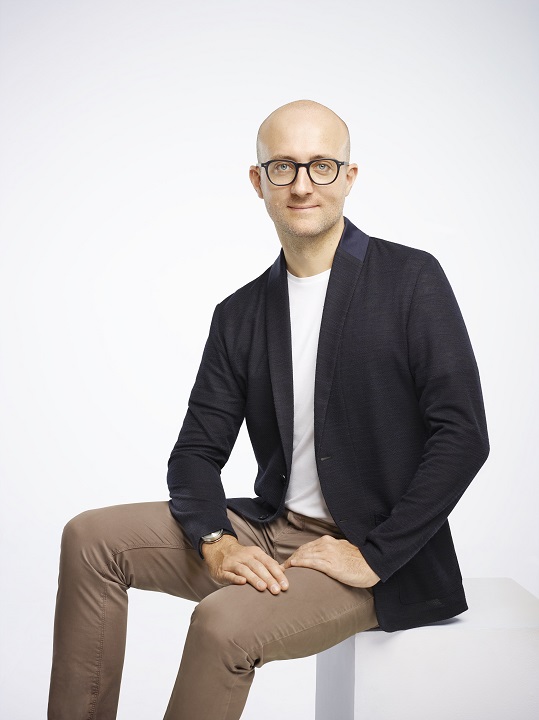
Working with top designers and industry insiders, Antoine Besseyre Des Horts, Leader (VP), LIXIL Global Design, Asia at LIXIL, shares the standout emerging trends for 2023 that are beginning to impact the real estate sector and the designs of home interiors.
As working from home continues to be the norm for many, people are looking for more convenient yet stylish solutions, especially for their homes. However, new trends will emerge as concerns about global warming arise and the prices of construction materials spike.
We will see greater demand for new tech solutions for homes that can help consumers reduce their water consumption, carbon footprint, and utility bills.
So, what does 2023 hold? Sustainability, inclusivity, and innovation are the main areas in interior design where we will see a shift in the next few months.
1. Sustainability, water conservation and plastic reduction
Sustainability is becoming a priority for many people, especially younger generations, who are increasingly more conscious of the need to adopt sustainable solutions. In 2023, more home products will be designed to enable people to be more sustainable in their daily lives without compromising their experience. We will see a mindful shift to sustainability and circularity, and more responsible use of resources will be incorporated in interior design products and services, using recycled materials where possible and designing products with long life spans and recyclability in mind.
In particular, we will continue to see innovations that help reduce plastic and water use. Only in Singapore, the consumption of plastic and water consumption is on the rise, with each person using 158 litres of water a day and 467 million PET bottles being used each year across the country . Being the main source of water consumption at home, toilets, showers, and faucets that use less water and help reduce plastic will slowly take over our living spaces. Like GROHE Blue, a revolutionary water system that can filter, chill and carbonate water directly from the kitchen faucet, contributing to reducing up to 800 plastic bottles , water, and CO2. The process of creating more sustainable solutions at LIXIL has involved looking at pain points in the design of the products and identifying ways to improve water conservation without compromising user experience and accessibility.
2. More inclusive designs, especially for the ageing population
While inclusivity has been a buzz word for many years – inclusive workplace, inclusive education, inclusive language, etc. – little has been said about inclusive design for physical spaces. It is often left out of the mainstream conversation regarding diversity and inclusion initiatives. However, in 2023, we will start to see a tendency to incorporate inclusive design in both existing structures and new developments. Products that ensure the built environment is accessible and accommodating to all individuals regardless of demographic will become more popular.
More specifically, we will see inclusivity when it comes to the ageing population. As people grow older, they become less physically able to navigate the structures in their homes, and designers will account for this reality, especially with Asia-Pacific likely to see the most rapid increase in older citizens between now and 2050, according to the UN . Bathtubs, for example, are areas where designers will provide significant benefits to ageing populations; widened bathtub ledges can facilitate the transition into the tub, while walk-in tubs provide much easier accessibility and prevent slippage.
The trend of inclusive design will continue to expand to many areas and intensify. We’re seeing the beginnings of a shift from status-based products toward those that are simpler and more practical. These products are still beautiful and stylish, but more user-friendly and straightforward, to accommodate a diverse range of users. Designers and architects should keep this trend in mind as they work to stay ahead of the design curve.
3. Technology will serve simplicity and practicality
Technology will play a significant role in advancing the 2023 trends in sustainability, inclusive design, and making homes more stylish and convenient as we continue to work from home. However, we won’t see “one-size-fits-all” innovation approaches in interior design projects. The scale at which designers will incorporate technology will depend more and more on the audience and environment.
For example, touchless faucets and flushing systems that help to minimize user contact will continue to exist in public spaces to optimize hygiene and minimize the spread of germs. However, concerns over safety are not as prevalent inside the home. The integration of technology in the home will be more about convenience. So we will see more products like GROHE’s Smart Control shower system, which uses innovative technology that allows users to personalize their shower according to the way they like it, such as having intuitive control of the temperature and volume of water.
To conclude, whether it’s remaining on top of trends, implementing new technologies, or prioritizing sustainability, designers, builders, and architects have the power to accelerate the progression of inclusive design, water conservation, and sustainability. But more importantly, the ones who view design from an empathetic, careful, and critical eye are those that will stand out among others while changing the lives of so many.

